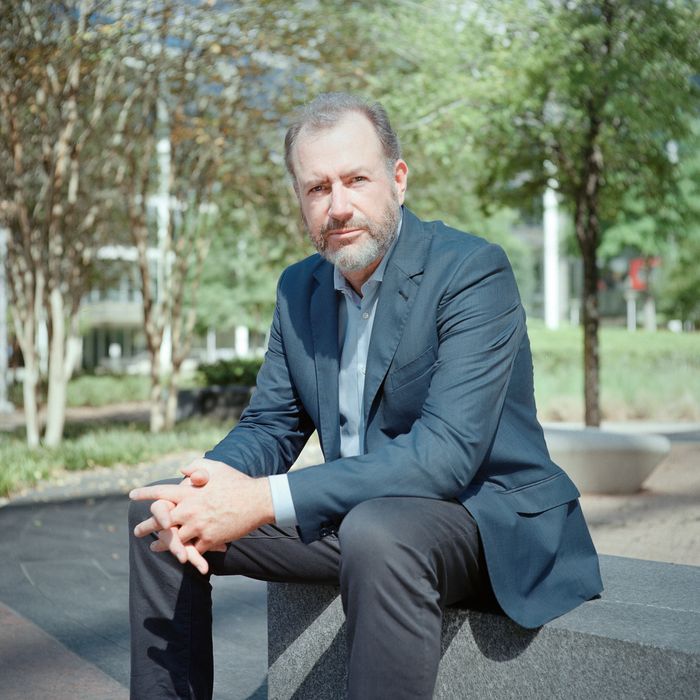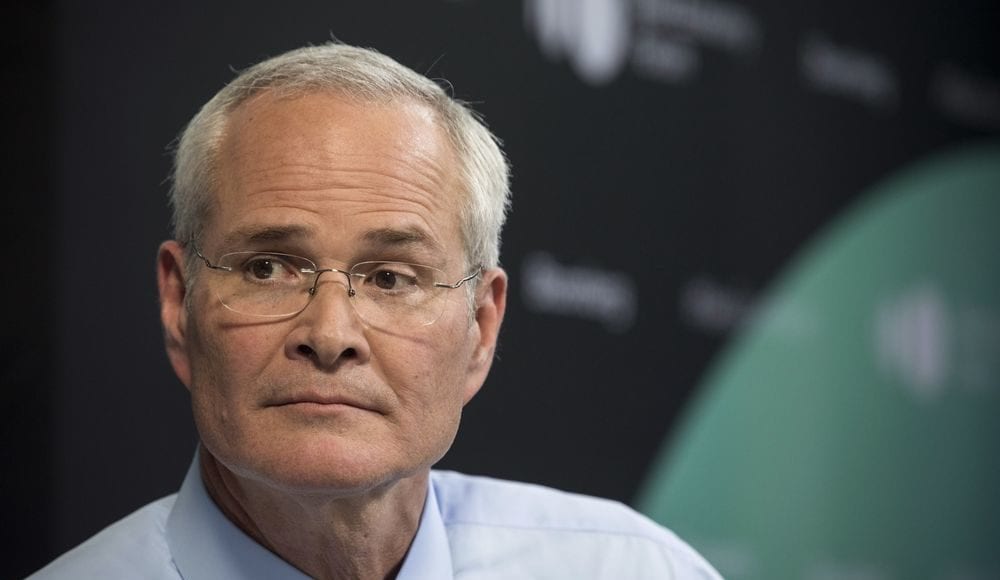ExxonMobil’s Low Carbon business could garner trillions in revenue that could potentially see it outgrowing oil, a decade from now, said its Chief Executive Officer (CEO) Darren Woods.
Woods told Wall Street investors that the supermajor is targeting what should be a multi-trillion-dollar market, as it set high aims for its emerging energy transition strategy.
“The world’s climate challenge is immense, and the opportunity it creates is equally immense. We believe the market for emissions reductions could potentially reach US$14 trillion by 2050. We are working to establish a competitively advantaged foundation that secures a leading position in this new market, focused on the hard-to-decarbonise sectors, where cost-effective solutions are lacking, and where we can make a unique and significant contribution,” he said.
Between reliable energy and reduced emissions, Exxon working to deliver best of both worlds | OilNOW
Wood added that the sector alone potentially represents a US$6 trillion opportunity by 2050.
“This business is going to look quite a bit different than the base business of Exxon Mobil,” said Dan Ammann, President of Exxon’s two-year-old Low Carbon Business Solutions Unit. “It is going to have a much more stable, or less cyclical, profile.”

But how quickly this happens, depends on regulatory and policy support for carbon pricing, Ammann said.
Low-carbon operations will become key asset, Exxon out front with tech | OilNOW
Exxon’s ambition, Ammann said is for exponential growth in its Low Carbon Solutions business in the coming years, as demand expands for products and services like carbon capture and storage, hydrogen and biofuels. And this was divided into three steps
“There has been lots of press releases about collaborations… but very few definitive project agreements. That is why, it is our immediate priority to build what we call our foundational projects. These are projects that work with today’s policy, today’s technology, and today’s infrastructure,” he told the investors.
Ammann noted that Exxon’s Low Carbon Solutions business helps to significantly reduce emissions. Its current planned projects could abate about 20 million metric tons of CO2 per year.
“…And with our pipeline of potential new projects, we could abate nearly four times as much,” he added.
One such project is Exxon’s new hydrogen facility in Baytown, Texas. Site work has begun there, on what is being described as the world’s largest low-carbon hydrogen producer at startup in 2027-28.
And importantly, the supermajor remains on track to reduce corporate-wide greenhouse gas emissions intensity (Scope 1 and 2) from its operated assets by 20-30% by 2030 compared to 2016.



